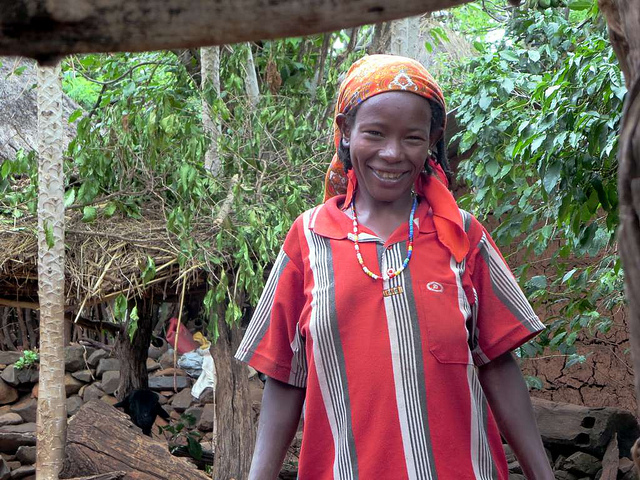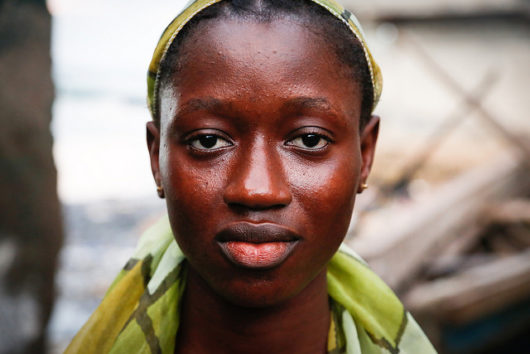
Undergarments are an everyday article of clothing for women in thriving and wealthy countries. However, in developing countries, bras are often a rarity. Rather than throwing out gently-used undergarments, it is worthwhile to donate bras and make a difference for women in rural and poor communities. In addition to empowering women, the recycling of bras saves money and resources, uses less water and energy and creates a lower carbon footprint. The second-hand clothing market also provides affordable clothing and encourages global entrepreneurship. The following four organizations offer this option for making a difference to developing countries, women and girls and the environment.
I Support the Girls
I Support the Girls’ mission is to help women and girls regain self-respect and dignity by providing them with feminine products. The organization collects and disburses donations of second-hand bras to national and international women and girls who are homeless, refugees, escaping domestic violence and more. Whatever the struggle and wherever the location, I Support the Girls’ goal is to make sure every woman has access to feminine necessities. To date, it has collected approximately 500,000 bras to women worldwide and donated to more than 500 shelters and organizations.
The Bra Recyclers
“If it doesn’t fit… recycle it” is the mission of The Bra Recyclers, LLC. The Bra Recyclers has donated approximately two million gently-used bras to more than 100 domestic and international organizations. Along with supplying undergarments to women in need, it collects and donates bras in hopes of reducing the number of bras in landfills. In addition to supporting girls and women who are escaping domestic violence and human trafficking, the company also donates to breast cancer survivors who lack adequate health insurance.
Free the Girls
This nonprofit organization works in El Salvador, Mozambique and Costa Rica with on-the-ground partners. The goal of Free the Girls is to equip girls and women with the ability to earn an income selling bras in the second-hand market. Free the Girls works to turn gently-used bras into economic opportunity for women in these developing countries. After being featured on CNN’s Freedom Project in 2012, the organization gained the ability to ship more than 30,000 bras to Mozambique, and the number of women in its program grew from three to 24.
Your Smalls Appeal
An organization that started in 2016, Your Smalls Appeal’s goal is to help women and girls in Africa. It collects and donates bras and feminine products for women in impoverished areas in The Gambia, a small country in West Africa. The organization receives and distributes all styles and sizes of bras and sends them to those in need. Additionally, in rural areas of Africa, girls often miss school while they are menstruating. With the help of menstruation kits from Your Smalls Appeal, girls can continue to attend school with dignity and cleanliness.
A commonplace article of clothing to one woman is life-changing for another. Whether for personal comfort and dignity or financial advancement, worldwide access to undergarments is crucial. The four groups above work to decrease waste worldwide, create jobs in developing areas and empower, comfort and support women, wherever they are located.
– Malena Larsen
Photo: Flickr


